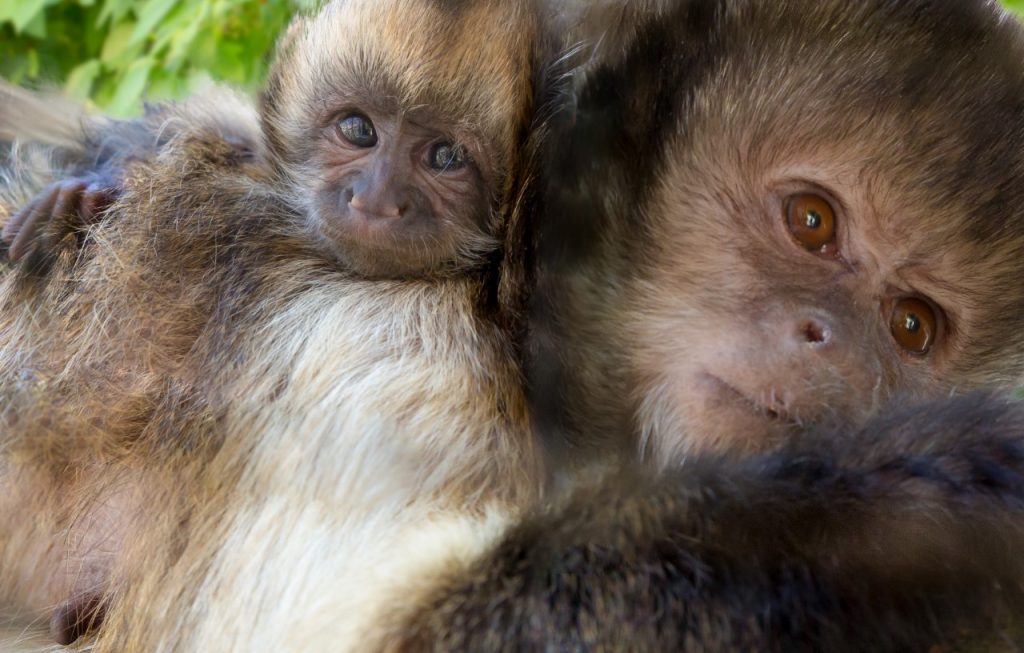Inducing molt in three species of birds using nutritional methods
Citation
Brunner T, Tieber A, Hausman A, Oiveira S, and Schmidt D. 2019. Inducing molt in three species of birds using nutritional methods. In Brooks M, Freel T, Koutsos E Eds. Proceedings of the Thirteenth Conference on Zoo and Wildlife Nutrition, Zoo and Wildlife Nutrition Foundation and AZA Nutrition Advisory Group, Saint Louis, MO.
Abstract
Forced molting has been well documented in domestic species, like poultry (Brake, 1993). However, its effectiveness has not been documented in exotic species, outside of penguins (Groscolas, 1978). Using an anecdotal method that has had success previously, but was never documented, we attempted to induce molt in three species of birds, 2.0 beautiful fruit doves (Ptilinopus pulchellus), 0.1 spectacled owl (Pulsatrix perspicillata), and 1.0 golden white-eye (Cleptornis marchei). These three species were selected as all had received full medical work-ups with no obvious signs of illnesses and yet were still unable to molt and had poor feather quality. For each bird, food intake was quantified for ten days to establish baseline intakes. Diets were weighed, before and after being offered, in grams. A desiccation plate was placed near the enclosure and weighed daily to account for moisture lost to the environment. The amount of diet offered was then reduced to either the average intake amount or the minimal amount of kcals needed to maintain their body weight as measured over the ten-day period. The same nutritionally balanced proportions were maintained. This reduced diet was fed for a period of 14 days. Following this reduction period, the diet was increased to the original amount offered and measured for four weeks or until molting occurred. By day 19 of the return to normal diet, the golden white-eye was molting wing feathers and growing neck feathers that were originally absent. The owl received two mice during the initial baseline data collection, but when calculating her caloric needs, we realized she needed three mice daily. We used the baseline data as her reduced diet period and began offering her three mice when the others were starting their reduced diet. By day 33, the spectacled owl was noted to have emerging wing feathers. Unfortunately, by the four-week mark, neither of the beautiful fruit doves had shown any signs of molting. From the reduced diet stage to the return to normal diet, there was a 32.9% and 20.5% increase in daily intake for the golden white-eye and spectacled owl, respectively. Overall, this study represents a possible way to induce molt in exotic birds when medical intervention is not working.
 10_Brunner.pdf 13 KB
10_Brunner.pdf 13 KB








